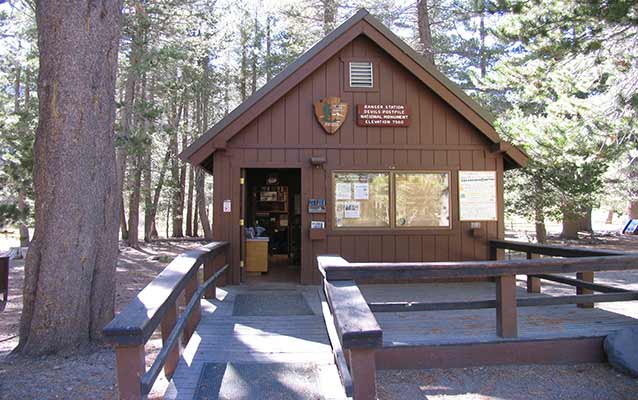Last updated: March 8, 2019
Lesson Plan
Climate Science in Focus (Climate Connections)

- Grade Level:
- High School: Ninth Grade through Twelfth Grade
- Subject:
- Math,Science
- Lesson Duration:
- 60 Minutes
- State Standards:
- NATIONAL/STATE STANDARDS:
HS-ESS3-6 - Thinking Skills:
- Remembering: Recalling or recognizing information ideas, and principles. Understanding: Understand the main idea of material heard, viewed, or read. Interpret or summarize the ideas in own words. Applying: Apply an abstract idea in a concrete situation to solve a problem or relate it to a prior experience. Analyzing: Break down a concept or idea into parts and show the relationships among the parts.
Essential Question
How is climate change impacting wildlife?
Objective
Students will be able to:
1. Give at least one example of how climate change is impacting wildlife
2. State why National Parks are important to climate science
Background
In “Climate Science in Focus (Climate Connections),” students have a chance to learn about local climate change studies happening at a NPS site through a virtual visit. Broken into eight days, these lessons require 58 minutes to complete. Designed around 9th grade Next Generation Science Standards, it is a unit easily adapted down for middle school or up for advanced high school classes. Teach the entire unit or pull out particular activities. This is lesson 6 of the unit.
The Earth consists of four systems: the atmosphere, hydrosphere, geosphere, and biosphere, which are interconnected. Changes to one part of the system can have consequences on the others. Changes to global or regional climate can be caused by changes in the sun's energy output or Earth's orbit, tectonic events, ocean circulation, volcanic activity, glaciers, vegetation, and human activity.
Water is essential for life on Earth. Relative water availability is a major factor in designating habitats for different living organisms. In the United States, things like agriculture and water rights are hot topics. Current models predict that average global temperatures are going to continue to rise even if regional climate changes remain complex and varied. These changes will have an impact on all of Earth's systems.
Studies have shown that climate change is driven not only by natural effects but also by human activities. Knowledge of the factors that affect climate, coupled with responsible management of natural resources, are required for sustaining these Earth systems. Long-term change can be anticipated using science-based predictive models, making science and engineering essential to understanding global climate change and its possible impacts.
National Parks can serve as benchmarks for climate science trends and effects over time because they are protected areas void of human influence. Understanding current climate trends will help set students up to be successful in interpreting and engaging in discussions about climate change, which will lead to informed decision making.
Day 1- Earth as a System
Day 2- Weather vs Climate
Day 3- Watershed
Day 4- Climate Science Data and Tools
Day 5- Field Trip
Day 6- NPS Connections
Day 7- Project Preparation
Day 8- Evaluations
.
Preparation
Most of the materials for this unit are provided in the Stream Flow River Study Trunk or as downloadable files.
Video – Pika in Rocky Mountain http://video.nationalgeographic.com/video/news/animals-news/pika-in-peril-missions-wcvin/Materials
Lesson Plan
Procedure
Step 1
Display the DoNow— Describe some ways animals will respond to climate change.
Step 2
1. Display video Hamster-like Pika in Peril and have students propose a hypothesis to the question, "What is happening to alpine mammals such as the Pika?"
2. Guide students in creating questions for skype session by splitting them in pairs and having them write 5 questions about the climate science being studied at a National Park.
3. Set up video chat with NPS. Go to the Climate Connections Distance Learning page to schedule your virtual visit.
Vocabulary
thermoregulation, greenhouse effect, biological extinction, model, local, regional, renewable resources, nonrenewable resources, irreplaceable resources
Assessment Materials
Distribute exit ticket question—why are National Parks important to climate science and why is climate science important to the National Park Service?
